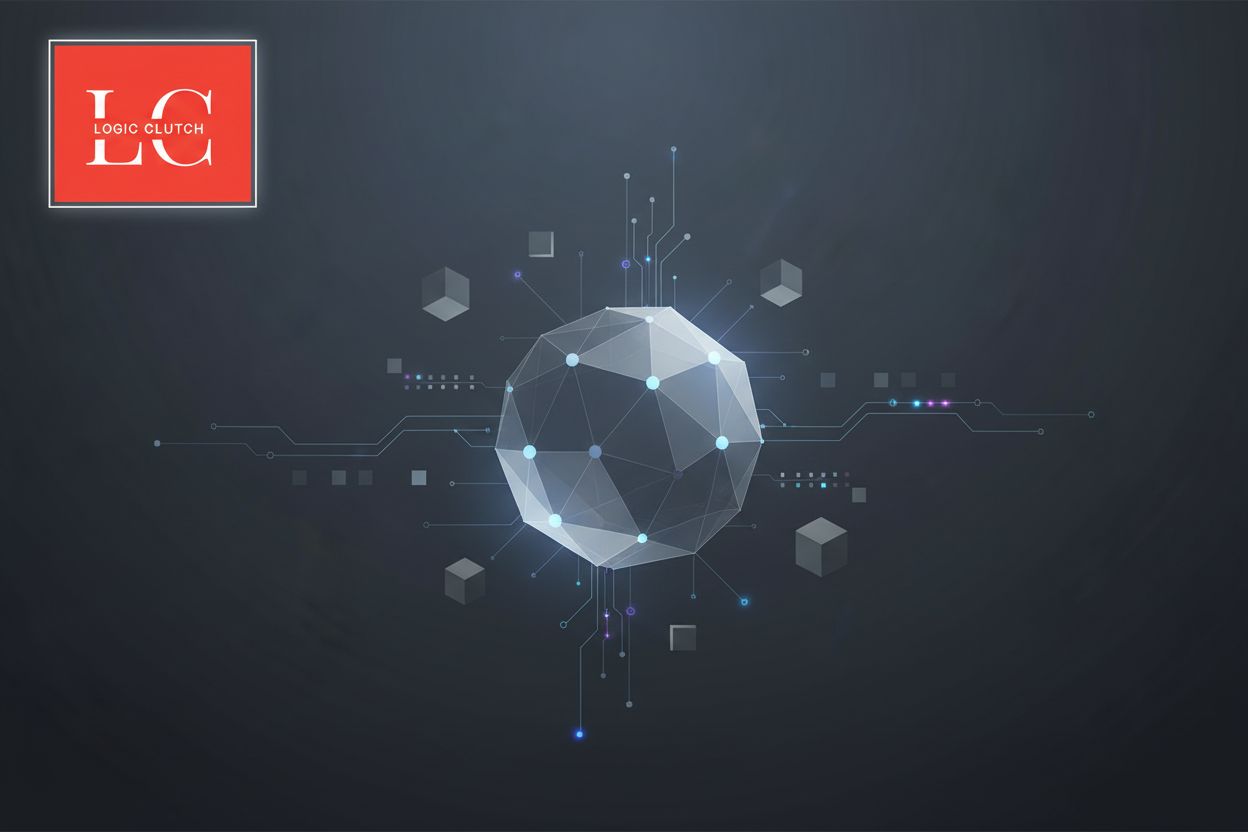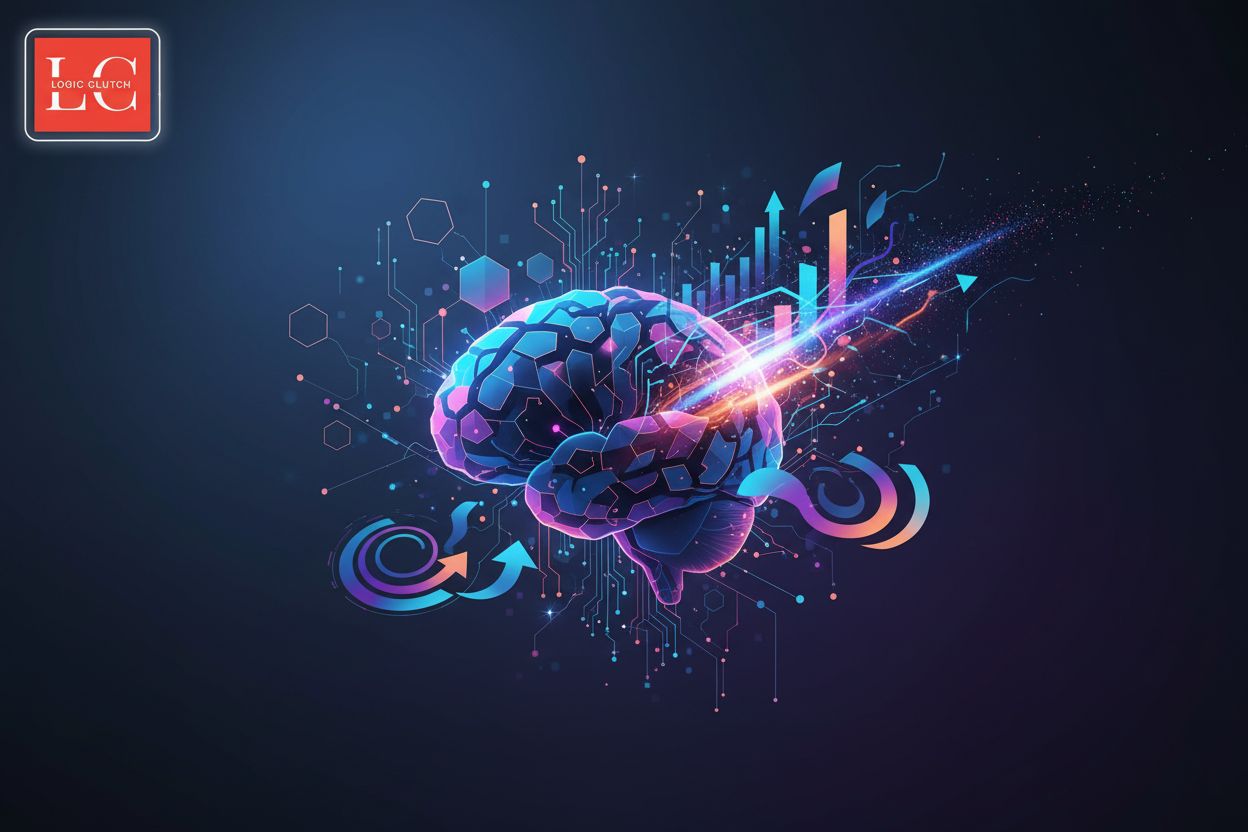Unlocking Optimization: A Manager's Guide to SAT-Based Techniques
TL;DR
Introduction to SAT-Based Optimization
Did you know optimization problems exist everywhere, from supply chains to software design? Now, you can solve them using SAT-based techniques. This approach converts optimization challenges into Boolean satisfiability problems, which modern SAT solvers can tackle efficiently.
SAT deals with Boolean variables (true/false) and logical operators (AND, OR, NOT). Problems are often expressed in conjunctive normal form (CNF). The core task? Find an assignment of variables that makes the entire formula true.
Maximum Satisfiability (MaxSAT) extends SAT by seeking the solution that satisfies the most constraints when not all can be met. SAT-based MaxSAT algorithms are adapted for optimization problems.
SAT-based methods offer a unique blend of expressiveness and efficiency. They often compete strongly with traditional optimization methods, like integer linear programming (ILP). As Microsoft Research notes, SAT has found success across diverse real-world applications.
Next, we will discuss the fundamentals of Boolean Satisfiability (SAT).
Core Techniques and Algorithms
Did you know that the core of many optimization tools lies in algorithms that determine if a statement is true or false? We will discuss how these algorithms work, which are the foundation of SAT-based techniques.
The Davis-Putnam-Logemann-Loveland (DPLL) algorithm serves as a foundational method for solving SAT problems. It employs a backtracking search to find a satisfying assignment for Boolean formulas.
- DPLL systematically assigns values to variables and simplifies the formula.
- If a conflict arises (formula becomes false), the algorithm backtracks and tries a different assignment.
- This process continues until a satisfying assignment is found or all possibilities are exhausted.
While effective, DPLL has limitations. Modern SAT solvers often use enhancements to overcome these limits.
Conflict-Driven Clause Learning (CDCL) significantly enhances the DPLL algorithm through conflict analysis.
- When a conflict occurs, CDCL analyzes the reasons for failure. It then learns new clauses that prevent the same conflict from happening again.
- This clause learning enables the solver to "remember" previous mistakes and avoid redundant searches.
- Backjumping allows the solver to jump back multiple levels in the search tree. This avoids exploring irrelevant branches.
CDCL's conflict analysis and clause learning are essential for modern SAT solvers, dramatically improving their performance.
Beyond DPLL and CDCL, other approaches exist for tackling SAT problems.
- Survey propagation (SP) is often used for random SAT instances. It involves passing "messages" between clauses and variables to guide the search.
- Stochastic local search algorithms, like WalkSAT, iteratively explore the search space. They make random changes to variable assignments to find a solution.
These algorithms offer different trade-offs. Some guarantee finding a solution if one exists (complete), while others may not but can be faster (incomplete).
Next, we examine other approaches, "Survey Propagation and Local Search"
Applications in Optimization and Synthesis
SAT-based techniques aren't just theoretical; they're actively used to solve real-world problems in optimization and synthesis. Let's explore some key applications.
SAT solvers play a crucial role in ensuring the reliability of both hardware and software systems.
- Formal verification uses SAT solvers to check if a design meets its specifications. This is vital in safety-critical systems, like aerospace or medical devices, where failures are not an option.
- Bounded Model Checking (BMC) uses SAT solvers to search for errors within a limited number of execution steps. This helps verify complex systems, including processor designs. SAT solver is a computer program that determines whether a solution exists that satisfies a set of constraints expressed in Boolean logic.
- System correctness is improved by identifying potential bugs early in the development cycle. This reduces costs and improves the final product.
S-boxes are essential components in symmetric-key cryptography.
- S-box implementations are optimized using SAT solvers to improve the security of cryptographic algorithms.
- Multiplicative complexity is minimized to enhance security against side-channel attacks. Gate complexity is also reduced to improve performance.
- Security Enhancement of algorithms like Ascon, ICEPOLE, and Keccak are achieved through optimized S-box designs.
SAT solvers can tackle complex resource allocation and scheduling challenges.
- Optimization problems are solved by converting them into SAT instances. This allows managers to meet constraints and optimize objectives.
- Project management benefits from SAT solvers by optimizing task scheduling, resource allocation, and deadline adherence.
- Job scheduling is also optimized, ensuring efficient resource use and meeting deadlines.
Next, let's examine the ethical considerations associated with SAT-based techniques.
Practical Considerations and Tools
Choosing the right tool is crucial for SAT-based optimization. How do you pick the best SAT solver for your specific needs?
- Consider factors like problem type and instance size.
- MiniSAT offers a good starting point for many problems.
- Google CP-SAT shines in constraint programming tasks.
- Kissat is known for performance.
Solver strengths and weaknesses vary; experiment to find the best fit. Next, we will discuss encoding strategies.
Limitations and Future Trends
Did you know that SAT-based techniques, while powerful, face limitations? Addressing these challenges and understanding future trends is crucial for managers seeking to leverage this technology effectively.
SAT solvers, being NP-complete, can struggle with exponential worst-case complexity.
Handling large, complex instances often requires clever encoding and problem decomposition.
Parallel and distributed SAT solving provide strategies for tackling bigger problems by dividing the workload.
As noted earlier, SAT solver is often used to solve Boolean satisfiability problem.
Performance hinges on how well a problem's structure aligns with solver capabilities.
Identifying and exploiting symmetries in the problem can drastically reduce search space.
Adaptive algorithm selection, where the solver chooses the best approach, can improve efficiency.
SAT-based techniques continue to evolve. Keep these considerations in mind as you explore their potential.





